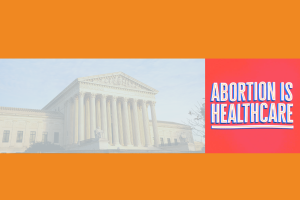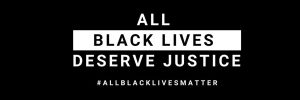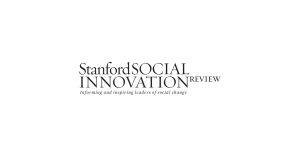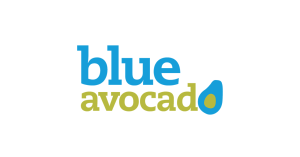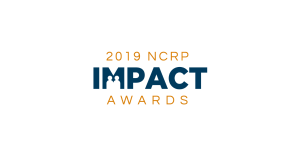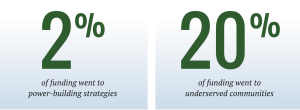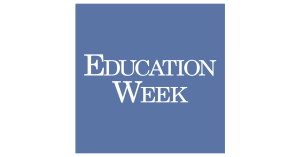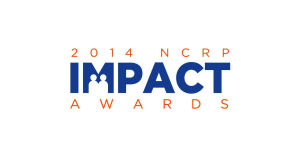The National Committee for Responsive Philanthropy (NCRP) is pleased that the Philanthropy Roundtable is contributing to the dialogue in our sector about the public’s role in private philanthropy. The monograph they recently published, How Public is Private Philanthropy: Separating Myth from Reality, explores many critically important issues and adds to ongoing discussions. Unfortunately, the authors asked the wrong questions and their conclusions miss the mark.
According to authors Evelyn Brody of the Chicago-Kent College of Law and John Tyler of the Ewing Marion Kauffman Foundation, attempts to characterize private philanthropic assets as “public” or “partially-public” dollars threaten the autonomy of philanthropy in America by opening foundations to legislative interference into their governance, mission and decision-making. Efforts to reform the sector, therefore, should not be associated with such “distractions.” The final paragraph to the foreword sums up their argument succinctly:
Our analysis does not defend philanthropies from government involvement by saying, “You can’t do this to us.” Instead, it says, more modestly, “You can’t do this to us on the grounds that our assets are public.” Stated differently, if philanthropic assets cannot fairly be characterized as public money, proponents of increased government or public mandates must put forth other grounds for imposing on the purposes, structure, and operations of foundations and other charities. If successful, this monograph makes that case and effectively challenges the term “public money” and its application.
The authors’ arguments are based on the flawed assumption that private institutions are wholly without external stakeholders who have an interest in how those organizations are run, or what their activities might be. Our nation’s recent experience with the bailout of the automotive, banking and insurance industries has demonstrated that this is not the case. Private institutions have a variety of stakeholders beyond the official “owners.” For foundations, one such group is taxpayers.
The U.S. philanthropic sector is unique: Foundations enjoy favorable tax treatment and the public, therefore, foregoes considerable revenue that would otherwise be available for meeting public needs. As a result, other taxpayers make up the difference with higher rates, with the expectation that they will reap benefits in kind through the various charitable activities carried out by foundations and nonprofits. This is why NCRP has consistently stated that philanthropic assets should be considered partially-public, partially-private dollars. As investors in this country’s philanthropic institutions, taxpayers have a stake in the missions and successes of foundations.
Fundamentally, Prof. Brody and Mr. Tyler asked the wrong question. Focusing the debate on whether foundation dollars should be considered public or private distracts from the more relevant questions, such as:
- Is the status quo in philanthropy good enough?
- Is the current regulatory framework, combined with current practices, producing the results we as a society expect from our philanthropic institutions?
- Do the benefits of philanthropy under the current regulatory framework and under current norms outweigh the costs of the preferential tax treatment?
- What regulatory or legislative changes might produce better results?
- What voluntary changes might produce better results?
We look forward to opportunities to engage with Professor Brody, Mr. Tyler, the Philanthropy Roundtable and others in our sector in continued discussions regarding the rights and responsibilities of foundations.
For decades, there has been a decrease in public confidence in the sector as a result of abuses, lack of transparency, and a seeming unresponsiveness to the needs of the very people that philanthropy is supposed to serve. There are ongoing efforts by some members of the sector to address these shortcomings, but more needs to be done.
Now is the time, when our nation and the world is gripped in insecurity from a staggering economic recession, social injustice and environmental uncertainty, to take a hard look at where philanthropy is now, where it has been, and what is our vision for the sector in the 21st century.
Aaron Dorfman is executive director of the National Committee for Responsive Philanthropy.
























